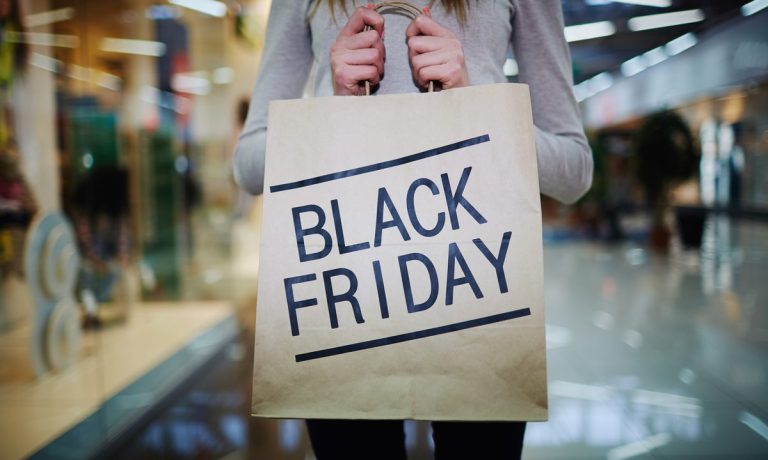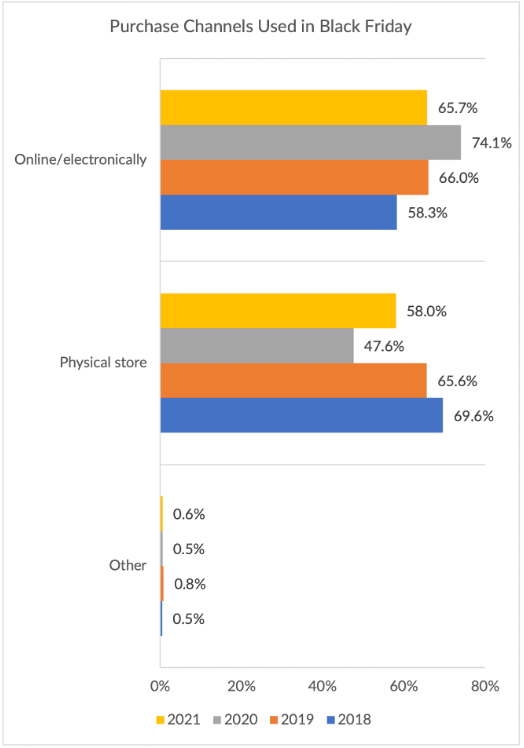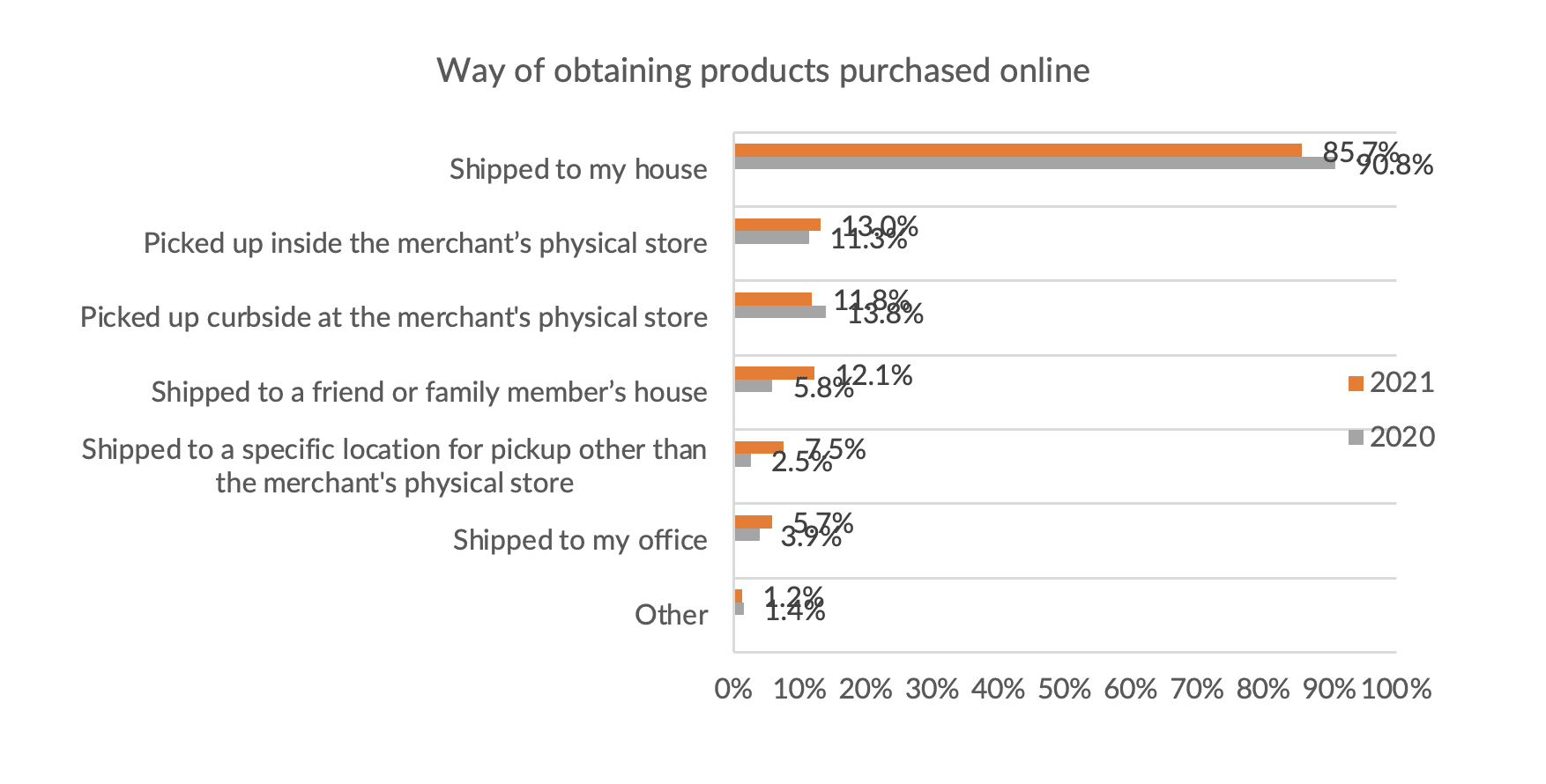The Top 5 Things We Learned About the US Shopper From Black Friday

With the busiest shopping day of the year having come and gone and its online equivalent now in the history books too, PYMNTS’ Black Friday retail research has revealed five key consumer trends that emerged from the early burst of holiday gift buying.
To be sure, the backdrop for Black Friday and Cyber Monday has changed in the past two Novembers, with seasonal promotions starting earlier in the month and COVID-concerns slamming the door on early doorbuster sales on Thanksgiving at most stores, but it is still a giant day for the industry that offers a treasure trove of insight on consumers.
Herewith, PYMNTS five key Black Friday findings and what they say about consumers, the retail industry and the economy.
1) Stores Did OK, Online Did Better
Compared to last year, when many physical stores were either closed or operating under shortened hours and with capacity limitations, PYMNTS data showed in-store retail shopping for Black Friday was up 10 percent, albeit off of an admittedly weak year ago number.
At the same time, with traditional mall and retail access normalized, online merchants saw about a 10% decrease in traffic last weekend from the peak levels they realized in 2020, in what was essentially the inverse experience of the brick-and-mortar story.
But smoothing that data out and looking at digital shopping compared to where it was two and three years ago tells an entirely different story. A story that has seen online merchants gaining Black Friday share at the expense of physical stores which slid 6 points from where they were in 2019, and were down about 10 percentage points from 2018 levels.

Clearly online shopping is up and rising, thanks to increased omnichannel availability as well as enhanced delivery-alternatives such as buy online, pick up in store (BOPIS) and curbside, all of which are providing a tailwind for consumers to shift to digital when it comes to buying gifts.
2) Using Funds on Hand
In a nation renowned for its level of consumption and willingness to take on debt to fund that purchasing, the fact that PYMNTS data showed these Black Friday consumers showed an increased preference for using cash-on-hand or debit cards to pay for things in-store is no small shift.

As the above chart shows from PYMNTS’ survey of 2,000 U.S. consumers, in-store credit card use was down 10 percentage points from 2018 levels, as it fell to 40% this year from over 50% three years ago. At the same time, respondents said they were turning to debit cards more often, with overall usage sitting at about 45%. While that figure is down slightly from the stimulus check bump seen in 2020, the Black Friday in-store debit card use results were up 5 percentage points from 2018.
One caveat within the data could be seen in the online shopping payment trends, where more affluent shoppers who make more than $100,000 per year tended to use credit cards already linked to specific online sites because of the purchase protections they provide. All in, PYMNTS data showed that 54% of Black Friday eCommerce purchases were done with credit cards, that’s down from over 68% who used credit in 2018. At the same time, 40% of online purchases were done with debit this year, which was about a half-percent higher than 2018 levels.
3) Delivery Please
BOPIS and curbside may have gotten better but nothing beats the convenience of fast, home delivery — even if they have to pay extra for it. According to PYMNTS’ findings, 86% of Black Friday shoppers chose home delivery this year, down only about 5 percentage points from 2020 levels when COVID was raging.

Delivery is still at least six times more common than any means of obtaining a purchase. Also of note in the data was that with 70% of Black Friday online purchases were done on Amazon, one-third of its customers still paid an average of $15 for shipping. Because of its size, Amazon skews the averages, but other omnichannel retailers, including Nordstrom, Home Depot, Dick’s and Nike saw 50 to 66% of Black Friday consumers shelling out extra cash to cover shipping, at a cost that ranged from $18 to $35.
One notable outlier that bucked the free-shipping trend was Net-A-Porter, where PYMNTS data showed 88% of customers paid for shipping on Black Friday with an average cost of $44.
4) Lack of Urgency
Despite months of news about supply chain problems, inventory shortages, higher prices and the need to shop early or be left behind, 61% of respondents said they did not wake up early to score Black Friday deals out of fear that particular goods and services would be gone. Among older Gen X consumers and baby boomers the laid-back retail response was even higher, as 66% and 77.5% of shoppers respectively said they did not feel the need to rush out and shop.
That compares to 51% of Gen Z consumers who told PYMNTS they woke up early on Black Friday in order to make an online purchase.
5) Youthful Spending Is Up
Oh, to be young and prosperous! Another trend that emerged in PYMNTS Black Friday research was the fact that the youngest consumers were the most aggressive in increasing their Black Friday spending.

While 30% of respondents said they spent about the same amount of money this year as they did last year, a combined 45% said they spent more or much more on Black Friday shopping in 2021 versus 2020.
Drilling into the details, the data show the younger Gen Z and millennial consumers were the most likely to increase spending, with 49% and 53% respectively said their spending was up.